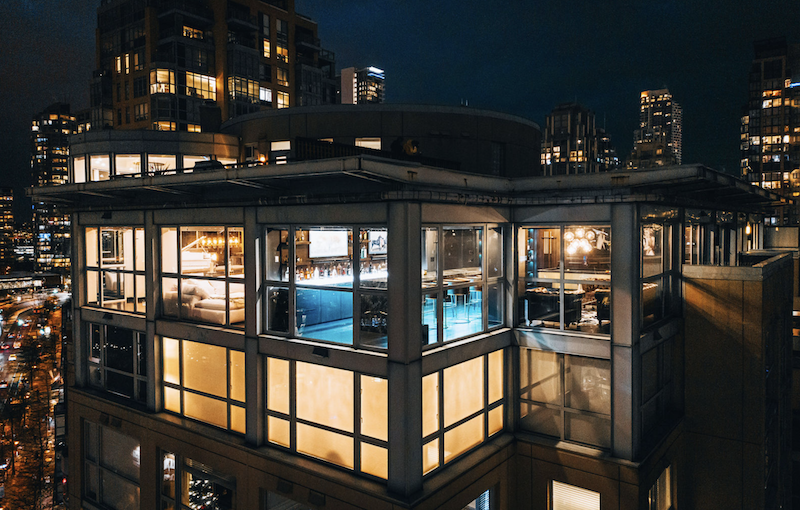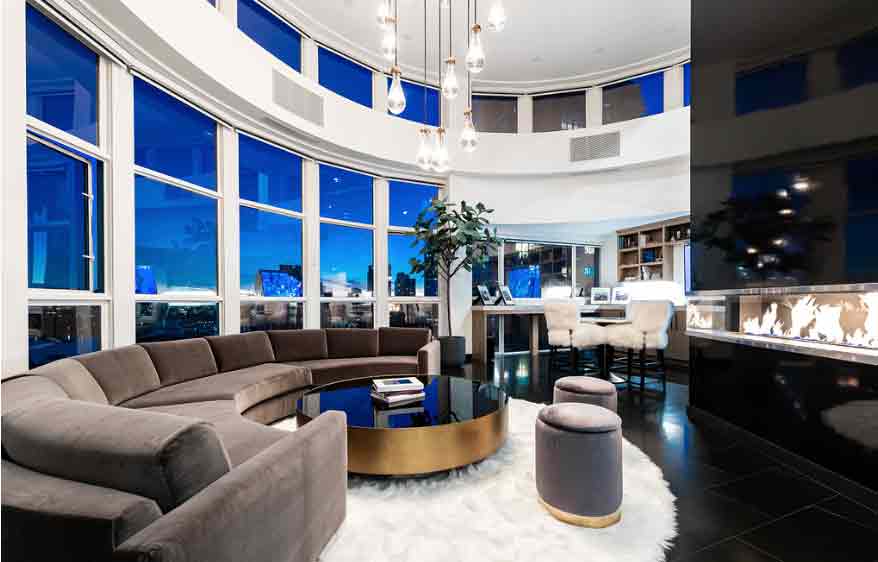The Future of High-End Residential Construction: Trends and Innovations to Watch
As the construction industry evolves, it’s important to stay up-to-date with the latest trends and innovations. Here are some key developments shaping the future of luxury home construction:
1. Sustainable Building Practices
Eco-Friendly Materials
Using materials like recycled steel, bamboo, and sustainable concrete helps reduce environmental impact and provides durability. These materials are becoming popular in luxury home construction.
Energy-Efficient Design
High-end homes now feature energy-saving systems such as solar panels, efficient HVAC systems, and smart home technology. These features reduce energy use and enhance comfort and convenience.
2. Modular and Prefabricated Construction
Offsite Construction
Building parts of the home offsite in a controlled environment can reduce waste, improve quality, and speed up construction. This means luxury homes can be completed faster without sacrificing quality.
Cost Efficiency
Modular construction can lower costs due to reduced labor and material waste, making it a cost-effective option for luxury projects.
3. Smart Technology
Connected Devices
The Internet of Things (IoT) is changing luxury home construction with smart devices that monitor everything from structural integrity to energy usage. Homeowners can control lighting, security, climate, and entertainment systems remotely, enhancing convenience and security.
Automation and Robotics
Using advanced technologies like drones for site surveys, robotic bricklayers, and automated machinery increases efficiency and safety on construction sites, ensuring precision and quality in every aspect of the build.
4. Advanced Building Materials
Self-Healing Concrete
This innovative material can repair its own cracks, extending the lifespan of structures and reducing maintenance costs. This is particularly appealing for high-end homes that demand longevity and durability.
Transparent Aluminum
Stronger than glass and lighter than steel, transparent aluminum is being explored for use in various luxury construction applications, from windows to load-bearing elements, providing both aesthetic appeal and structural integrity.
5. Virtual and Augmented Reality
Design Visualization
VR and AR technologies allow homeowners and architects to visualize and walk through a home before it’s constructed. This improves design accuracy and client satisfaction by providing a tangible sense of the space and aesthetics.
Training and Safety
AR can be used to train construction workers on equipment and safety procedures in a simulated environment, reducing the risk of accidents on site and ensuring a higher standard of workmanship.
Staying informed about these trends and innovations can help construction professionals deliver luxury homes that are not only cutting-edge but also environmentally responsible and efficient. By embracing these advancements, the industry can continue to meet the growing demands for sustainable, high-quality residential construction.







